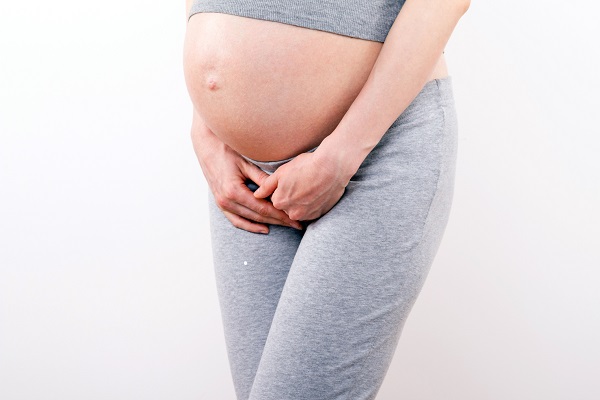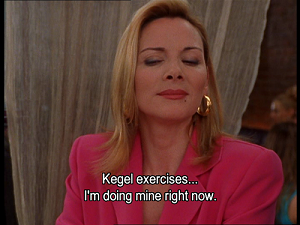The simple fact is that all women suffer at some stage with a dodgy pelvic floor. A few of us even practice our kegel exercises while we sit at our desks! And if you’ve given birth or are pregnant, this problem can increase tenfold, seemingly overnight.
What (exactly) is the pelvic floor?
The pelvic floor is the group of muscles and ligaments that support the bladder, uterus and bowel. The openings to these organs pass through the pelvic floor. Which is why sometimes it can be difficult to, you know, hold it in.
Can I strengthen them?
If suffering from a bit of incontinence (it happens to us all don’t worry!) don’t despair, because yes there are exercises you can do to strengthen the pelvic floor. Bonus – you can do them at your desk!
Think you might be incontinent? Read here to learn more.
First find the muscles
There’s no use going to the gym for a workout and then realising that you have no idea how to work the muscle you have in mind. And somehow, I think we’d all be a bit scarlet asking the gym instructor for this one. The easy way to identify the pelvic floor muscles is on the toilet. Mid flow, try to stop your wee. The muscles you use to do this are your pelvic floor muscles. NOTE: This is not an exercise for the pelvic floor muscles, just a way to identify them. It’s not good to stop your urine for more than 1 to 2 seconds.
Steps for strengthening the pelvic floor
- Relax the muscles of your thighs, bottom and tummy
- Squeeze in the muscles around the front passage as when you stopped the flow of urine
- Squeeze in the muscles around the vagina and suck upwards inside the pelvis
- Squeeze in the muscles around the back passage as if trying to stop passing wind
- Identify the muscles that contract when you do all these things together. Then relax and loosen them.
- Repeat ten times
What if the exercise isn’t helping?
You should consult with your doctor if any of the following apply:
- If you’re unable to control the movements of your urine or bowels
- If you have difficulty going to the toilet
- Feel heaviness or a bulge in the vagina
- You have pain in the bladder, or pain in your back near the pelvic floor area when exercising
- If you have pain in the area during intercourse
If you think you’ve a problem with your pelvic floor don’t hesitate to consult your GP or medical care team.



